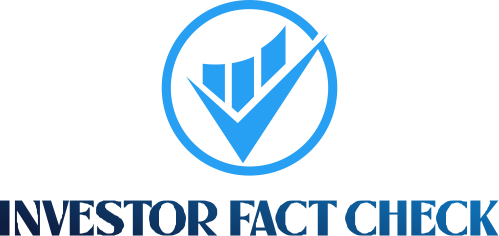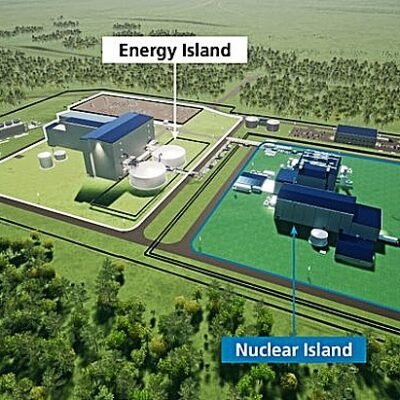THE Philippine property market is undergoing a quiet transformation. Prices are stabilizing, and while some segments — notably Metro Manila condominiums — still saw increases (up to 10.6 percent year-on-year, per Bangko Sentral ng Pilipinas), the pace has clearly moderated.

NO RED FLAG While Chinese outbound investment has slowed, global interest in the Philippines is resurging — notably from Korean, Japanese, Singaporean, and US investors. Image shows a cluster of real-estate building in Uptown, BGC. PHOTO BY JING GARCIA
Developers, following a two-year construction surge, are now managing higher inventory levels, giving buyers more leverage.
But this cooling isn’t a red flag — it’s a recalibration. The national Residential Property Price Index rose by 7.6 percent in Q1 2025, further confirming stable demand. And what’s most notable today isn’t the pricing, but the people reshaping the market: younger, greener, and more globally minded.
Across the country’s urban centers, a new demographic of Filipino buyers is emerging. In their 20s and 30s, many are professionals in tech, finance, and digital services. They are digitally savvy, sustainability-conscious, and purpose-driven. And their priorities are shifting.
For them, it’s not just about square footage or proximity to the office. They’re considering solar-ready rooftops, water-saving technologies, energy-efficient systems, natural ventilation, and insulation. Developers are responding with homes built around hybrid work, smart connectivity, and multigenerational flexibility. What was once a niche — fiber internet, co-working lounges, smart locks — is now expected. Property is no longer just a place to live. It’s a workplace, a wellness space, and increasingly, an investment vehicle.
The shift is visible in the data. In 2024, online real estate marketplace Lamudi identified buyers aged 25 to 34 as the largest demographic for vertical housing searches, with a strong preference for relatively affordable units that support hybrid living.
We’re also seeing a renewed global appetite. While Chinese outbound investment has slowed, global interest in the Philippines is resurging — notably from Korean, Japanese, Singaporean, and US investors. Inquiries are focused on Metro Manila, Cebu, and lifestyle destinations like Mactan Island and Clark.
Two major reforms are driving this momentum. First, the 2024 launch of the Investor Visa Program, which grants permanent residency to foreigners who invest at least $75,000 in a qualified local business. Second, the extension of leasehold terms to 99 years for foreigners — a game changer in a market where direct land ownership remains restricted.
Together, these moves signal a clear shift in tone — from cautious to welcoming. They give global investors and future residents a clearer, long-term path to participation in the market.
At the top of the market, luxury branded residences and high-rises are thriving. A record-breaking sale in Bonifacio Global City recently surpassed P800,000 per square meter — proof that demand for exclusivity endures.
But luxury today is more than just high-end finishes. These homes are curated experiences: private wellness floors, hotel-style amenities, and international design partnerships. Residences are increasingly defined by brand, service, and lifestyle — not just space.
There are new growth corridors beyond the CBDs. While Makati and BGC remain anchors of the market, attention is shifting toward emerging areas with several neighborhoods to watch. Poblacion in Makati, once overlooked, is drawing younger creatives with its walkability, nightlife, and cultural edge. Bay City in Pasay is booming thanks to reclamation projects and proximity to the Mall of Asia and Entertainment City. Developers are doubling down on mixed-use, vertical living. Ortigas East and Mandaluyong offer more accessible pricing and are evolving into new mixed-use hubs appealing to buyers priced out of CBDs. Cebu is seeing high-rise growth in its business park, while Mactan Island appeals to overseas investors with resort-style living. Clark, Pampanga, is becoming a strategic investment zone, driven by upgraded airport infrastructure and special economic incentives. These locations may lack the global name recognition of traditional CBDs, but for early movers, that’s exactly where the opportunity lies.
Real estate often reflects broader confidence — in a country’s economy, its direction, and its future. In the Philippines, that confidence is cautious but growing. Buyers are more discerning. Developers are refining their offerings. Policymakers are slowly aligning regulation with market realities.
The era of double-digit price surges may be over, but in its place is a more sustainable, investor-friendly market built on fundamentals. For both Filipinos and global buyers, this may be the right moment to look again at the Philippines — not for what it once was, but for what it is becoming. Across Asia, events like the Global Property Expo in Singapore highlight how investors are rethinking priorities — from sustainability to lifestyle to long-term value — underscoring trends that are equally shaping the Philippine market.
Abigail Olemos-da Silva, is the director of Global Business Development for the Asia-Pacific (APAC) region at Leading Real Estate Companies of the World (LeadingRE), a global network of over 550 premier real estate firms and 138,000 sales associates in over 70 countries around the world.





